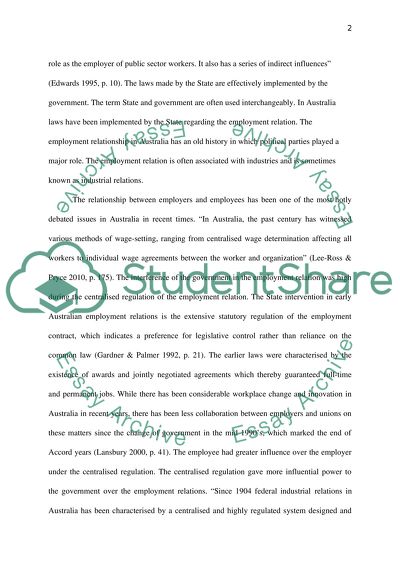Cite this document
(“Changes in Australian Employment Relations Essay”, n.d.)
Changes in Australian Employment Relations Essay. Retrieved from https://studentshare.org/human-resources/1580262-employment-relations-3-essay
Changes in Australian Employment Relations Essay. Retrieved from https://studentshare.org/human-resources/1580262-employment-relations-3-essay
(Changes in Australian Employment Relations Essay)
Changes in Australian Employment Relations Essay. https://studentshare.org/human-resources/1580262-employment-relations-3-essay.
Changes in Australian Employment Relations Essay. https://studentshare.org/human-resources/1580262-employment-relations-3-essay.
“Changes in Australian Employment Relations Essay”, n.d. https://studentshare.org/human-resources/1580262-employment-relations-3-essay.


